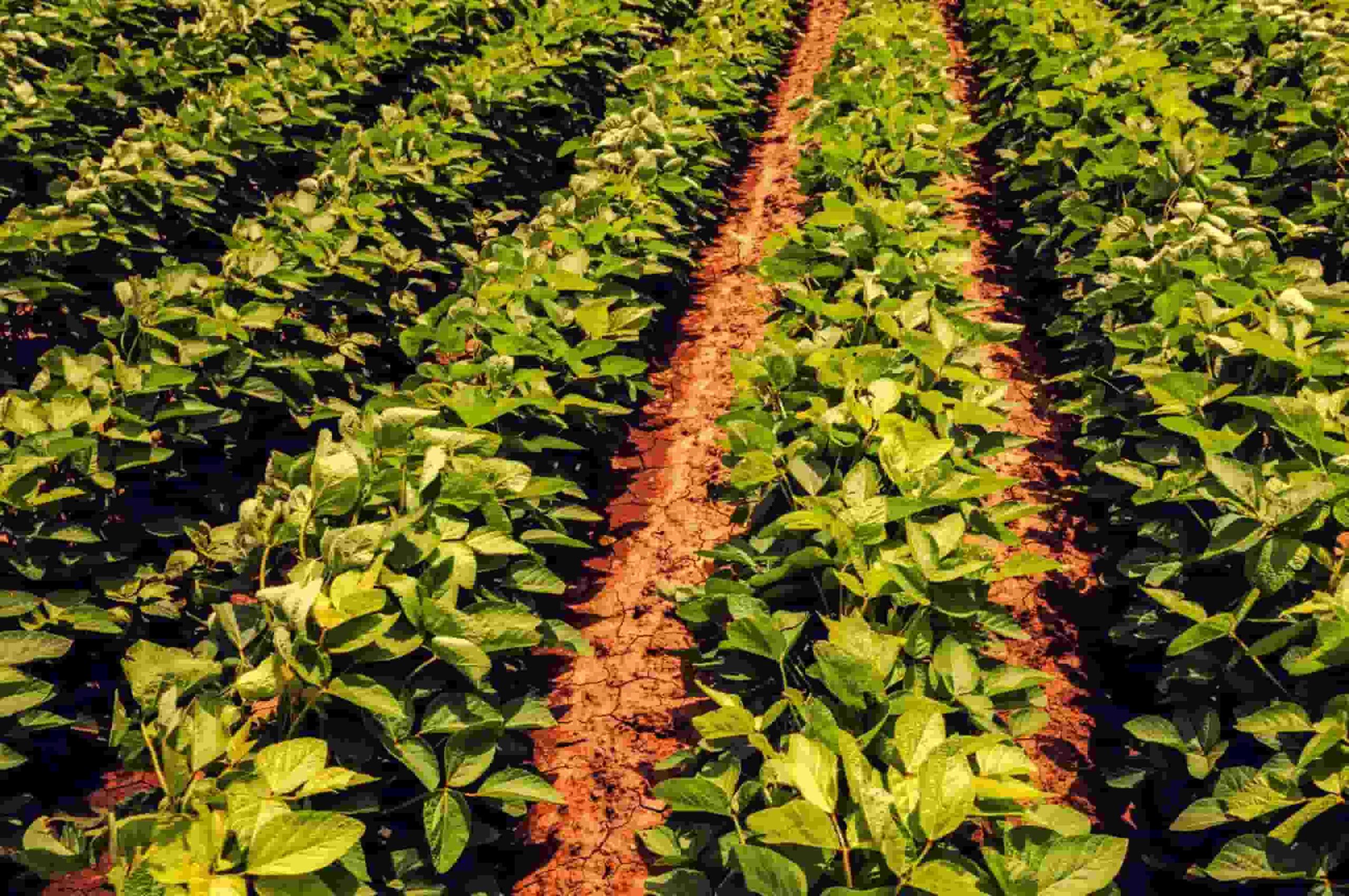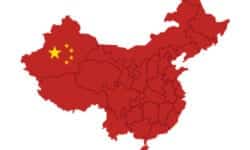Farming needs biodiversity for healthy food systems. Nature has many plant types growing together. But mono cropping means growing only one crop type. It has pros and cons. With monoculture, the land grows only one plant. This plant takes all nutrients from the soil. So the land lacks nutrients over time. Nature’s diversity gives better soil health. But monoculture farming is common for its benefits. The choice depends on priorities and goals.
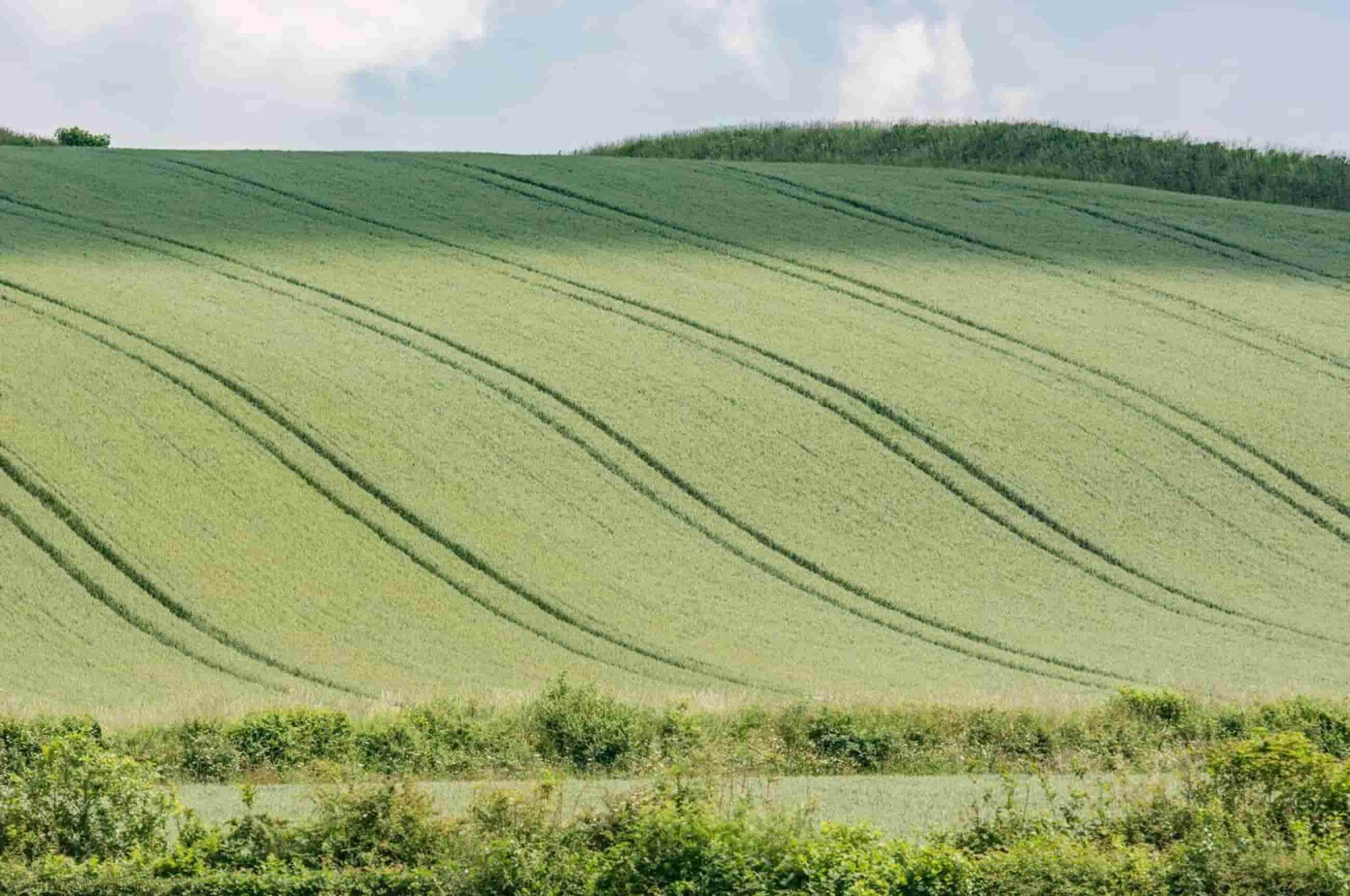
Table of contents
Historical Context and Evolution of Mono Cropping Practices
Mono-cropping was started by Egyptians, Greeks, and Romans who only farmed single crops like wheat. They saw the effect of planting one type of food; this could be a good way to harvest much food using as little space as possible while labor is minimized too.
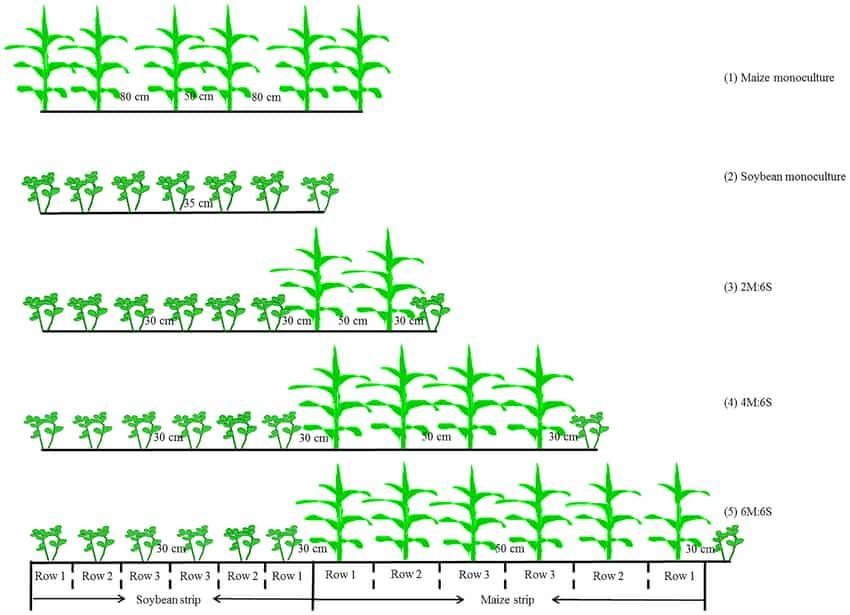
Following the second global conflict, there was a significant increase in the population growth rate due to new agricultural technologies and the expansion of international trade. The Green Revolution began in the 1940s and brought about high-yielding food types, irrigation systems, and man-made fertilizers. These new methods enabled farmers to grow more food on less land, which led to the widespread adoption of mono-cropping. Currently, mono-cropping is the most common farming system worldwide, especially in large-scale industrial agriculture where emphasis is laid on high yields at low costs. Nevertheless, the adverse effects of this practice on soil fertility over time, environmental sustainability, and biodiversity loss have come to be known across the board. The use of monoculture systems in production has been linked with decreased yields per unit area over time as well as changed pest problems such as nematode attack frequency which results in both crop failures or reduced harvests during subsequent seasons thereby requiring more agrochemicals to control these pests which consequently exacerbates pre-existing adverse effects associated with using such practices (Dong, W). These include but are not limited to reduced water infiltration rates; increased erosion susceptibilities; lowered nutrient cycling efficiencies, etcetera. This has called for urgent attention to finding ways to mitigate these issues if not eliminated entirely from our agricultural landscapes.
Mono cropping is good for the Environment?
In today’s era where industrial agriculture is taking a new shape, monoculture is fast becoming more common than not. On the face of it, this method looks efficient, planting one type of crop over a wide area. However, when we consider their effects in the long run on nature, then we realize how bad they are. Monoculture seems so simple but the damages are many. In a situation where only one kind of plant is grown and it cannot resist some attack, the entire field will be affected which means that farmers have to use more pesticides thereby endangering human lives besides causing harm to other organisms that are important for our survival on this earth. These chemicals do not only kill pests but also destroy other living things like birds, insects, etc, thus leading to the disappearance of various species and interruption of food chains among different organisms within an ecosystem.
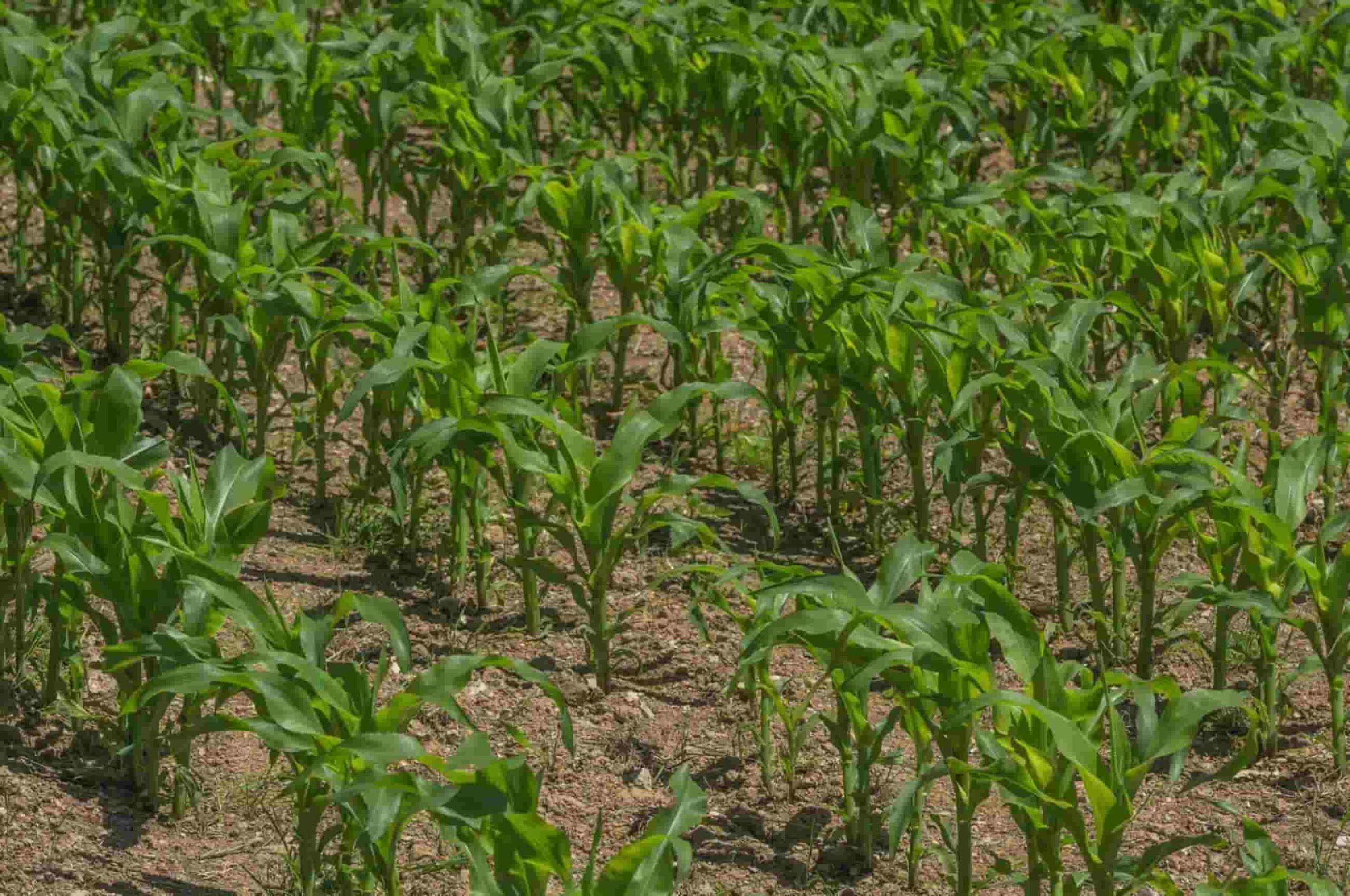
A broad overview of the environmental and health effects of mono-cropping
Mono-cropping, the practice of growing a single crop repeatedly in the same field, has numerous negative environmental and health impacts. These are the consequence,
| Biodiversity Loss | Increased Water Runoff | Reduced Soil Water Quality |
| Soil Erosion | Decreased Soil Water Holding Capacity | Increased Soil Contamination |
| Soil Degradation | Reduced Soil Structure | Decreased Soil Fertility Over Time |
| Water Contamination | Increased Soil Salinity | Increased Soil Compaction Over Time |
| Increased Pesticide Use | Decreased Soil Fertility | Reduced Soil Organic Matter Over Time |
| Loss of Soil Microbes | Increased Soil Compaction | Increased Soil Temperature Over Time |
| Compacted Soil | Reduced Soil Organic Matter | Decreased Soil Biodiversity Over Time |
| Reduced Soil Carbon | Increased Soil Temperature | Increased Soil Erosion Over Time |
| Increased Greenhouse Gas Emissions | Decreased Soil Biodiversity | Reduced Soil Water Quality Over Time |
| Land Rover Transitions | Increased Soil Erosion | Increased Soil Contamination Over Time |
Health Effects –
| Increased Risk of Foodborne Illness | Decreased Mental Health |
| Decreased Nutrient Availability | Increased Risk of Cancer |
| Increased Risk of Allergies and Intolerances | Decreased Immune Function |
| Decreased Food Security | Increased Risk of Neurological Disorders |
| Increased Risk of Chronic Diseases | Decreased Cognitive Function |
Ending Session
Why did we not discuss the benefits of mono-cropping? WE WILL NOT R&D OR SHOW ANY OF THE BENEFITS OF ANY TECHNOLOGY THAT HAS MINIMAL BAD EFFECTS ON THE ENVIRONMENT AND ECOSYSTEM.

